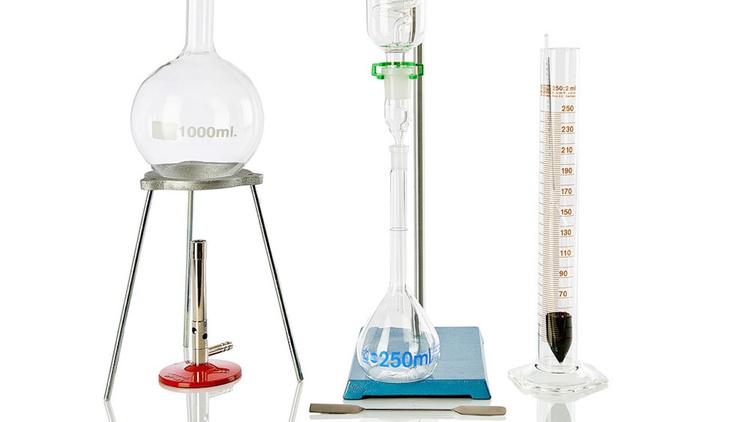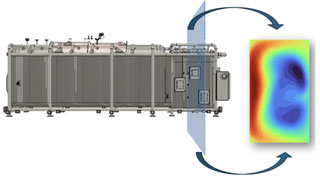Identify a physical or chemical method of chemical product recovery of Exxsol D100 ( see annex I – Technical record) after its contamination with organic oils when utilized in the manufacturing (rectification and super polishing) of ball bearings, and allowing for the recycling and re-introduction during the same manufacturing process.
The recovered physical or chemical method should guarantee, on one hand, that the recovered chemical product still possesses identical properties and characteristics to the pure chemical product, so that it is feasible and safe to reintroduce it during the manufacturing process in question. The applied recovery technique should also possess a product recovery technique with maximal efficiency and minimizing losses, in terms of quantity of product ( in liters).
The seeker is a company of ball bearing manufacturing (single row of 26 to 100 mm in external diameter) with a destination to industrial and automobile sectors.
Ball bearings are composed of a mixture of metal and chromium.
The bearing manufacturing process is divided into a first step (rectification process), where a machine oil called Variocut G260 (See annex II- Technical record) is used, and a second step (process of super polishing), where an oil called “Honilo 981 + Honilo 989F” is used.
During the bearing fabrication process, and at different stages, there is a need to wash the bearing. The chemical product used is Exxsol D100, an alcohol with the purpose of cleaning (removing) the two machine oils mentioned previously, which are utilized during the first and second step of the bearing fabrication process. The second step contributes more to the contamination of Exxsol, as the “Honilo 981 + Honilo 989F” is the principal contaminant.
In utilization during the bearing manufacturing process, Exxsol D100 is stored in central deposits that are monitored monthly, through laboratory chemical analysis. As a rule, the contamination of Exxsol D100 in use with the mentioned machine oils (Variocut G260 e Honilo 981 + Honilo 989F) cannot surpass the 15% contamination, because the product loses the bearing washing capacity and, as a result, is rejected by the quality criteria. Under these guidelines, each time Exxsol D100 reaches the 15% contamination threshold, the seeker procedure is to remove a considerable amount of volume of contaminated Exxsol D100 and replace it with pure sample, reducing in this way the contamination percentage of Exxsol D100 stored in the deposits (product in utilization) and allowing an increase in efficiency in the process of washing the ball bearings.
As per seeker request, the end product of contaminated Exxsol D100 in this manufacturing process underwent a recuperation process by an external company that focuses on the recuperation and regeneration of solvents. In this context, contaminated Exxsol D100 was aspirated from the deposits in the fabric and was transported to the external company for recycling. The recovery method of contaminated Exxsol D100 utilized by this external company was a fractional distillation, at 80 degrees Celcius. This specific distillation method led to significant product losses, in the sense that for every 8 litters of contaminated Exxsol D100, only 5 litters of Exxsol D100 were recycled.
The final distillation product was subjected to laboratory testing and a gas phase chromatographic analysis was the validation technique used in the final product.
Recovery of the Exxsol D100 product by the method previously described was tested by the seeker during the bearing manufacturing process and the product was found to emanate a strong smell, described by the workers as a “fried smell”. It was decided by the seeker that the utilization of the final product after the applied distillation would be infeasible.
There was no need in finding out whether the smell of the end product was due to the degradation of the contaminated organic oils after distillation or if it could be related to the contamination of the Exxsol D100 with other products used during pickup circuit, storage, or distribution of Exxsol D100.
The main benefit is economical since the commercialization of recycled Exxsol D100 is non-existent; this forces the seeker to acquire the pure product in a much higher cost than the recycled product. Besides this, there are also environmental advantages.








